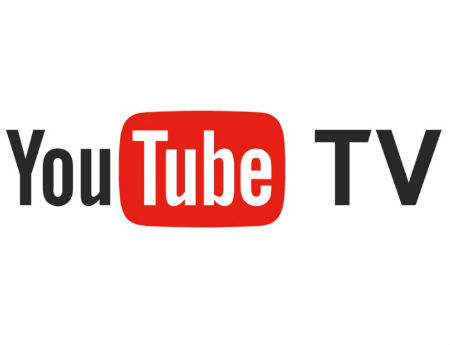YouTube TV Emerging Amid Accelerating Cord-Cutting Trend

Despite some gaping holes in its initial channel lineup, YouTube TV, the virtual MVPD set to launch later this year, is poised to enter the market as the still relatively small cord-cutting trend grows.
RELATED: YouTube Makes Virtual MVPD Play
With most major U.S. MVPD results in (Altice reports Q4 results on March 9), “it is clear that cord-cutting of legacy distribution services – that is, without including OTT-delivered virtual MVPD bundles like Sling TV and DirecTV Now (and soon, YouTube TV) – has at last meaningfully accelerated,” Craig Moffett, analyst with MoffettNathanson, wrote in his firm’s latest Pay TV Cord-Cutting Monitor report.
The U.S. pay TV industry shed 319,000 subs in Q4 versus a gain of 48,000 in the year-ago quarter. For the full year of 2016, the industry shrank by 1.7%, or by 1.7 million subs, versus 1.1%/1.1 million in 2015, Moffett said.
He added that U.S. Census Bureau data suggests that the cord-cutting trend is worse than that. New home formation in 2016 was 300,000 homes higher than the year before, or 800,000. Based on a national average penetration rate of 81% for pay TV, the expectation is that more than 600,000 of these 800,000 new homes to become pay TV subs. With that adjustment, there were closer to 2.5 million “lost or missing” pay TV subscribers in 2016.
“It is hard not to credit the acceleration in cord-cutting in Q4 to DirecTV Now, which arrived on the scene in late November,” and added about 230,000 subs in the period, he said, but allowed that the promotional price had much to do with that early growth.
He estimates that Sling TV and DirecTV Now added 900,000 subs in 2016, taking the vMVPD total to more than 1.4 million, a figure that doesn't include estimates for PlayStation Vue, Sony's OTT TV service.
But the bottom line on the trend toward cord-cutting and the rise of vMVPDs is that “price matters above all else,” Moffett wrote, later wondering if Hulu has no choice but to compete at a similarly low price as its OTT TV rivals. “The demand for VMPD services is largely a function of pricing.”
Multichannel Newsletter
The smarter way to stay on top of the multichannel video marketplace. Sign up below.
On that note, he said DirecTV Now, AT&T’s new OTT TV service, succeeded in adding customers, but also did what it’s not supposed to do – cannibalize pay TV subs. And that likely played a big role in why DirecTV Now’s promotional price of $35 per month on its “Go Big” package didn’t last long.
RELATED: DirecTV Now to Drop $35 Promotional Price for ‘Go Big’
fuboTV, a sports-oriented vMVPD, is now beta-testing a new, broader version of its service that’s starting off with a promotional price of $34.99 per month to attract early birds, but will eventually be raised to nearly $50 per month.
Richard Greenfield, analyst at BTIG, also observed in a blog post that these new OTT TV providers are not necessarily expanding the pie by attracting cord-cutters and cord-nevers.
“In reality, vMVPDs appear far better at cannibalizing legacy, facilities-based MVPD subscribers than luring back millennials who increasingly live in an on-demand world,” Greenfield wrote.
He also said the smaller and also uneven lineups of some vMVPD services are constraining demand, along with limited/impaired cloud DVR offerings, and challenges with creating a reliable, large-scale live OTT TV service.
But price remains paramount. YouTube TV will be bolting from the blocks with a $35 per month service that currently lacks channels from Time Warner, Viacom and Discovery Networks, to name a few.
“But the $35 price point for YouTube TV appears to be non-promotional, and there could be potentially be more channel announcements to come,” Moffett pointed out.
And those prices and options presented by vMVPDs are ultimately good news for consumers, Greenfield argued. “More choices at lower prices and without the crazy fees and surcharges should ultimately pressure legacy MVPDs to evolve and/or lose more and more subscribers to vMVPD offerings,” he wrote.
